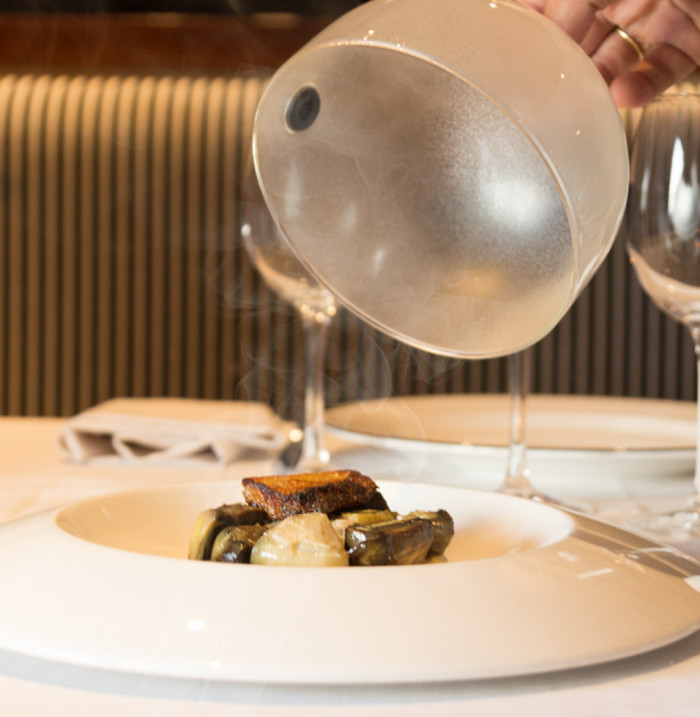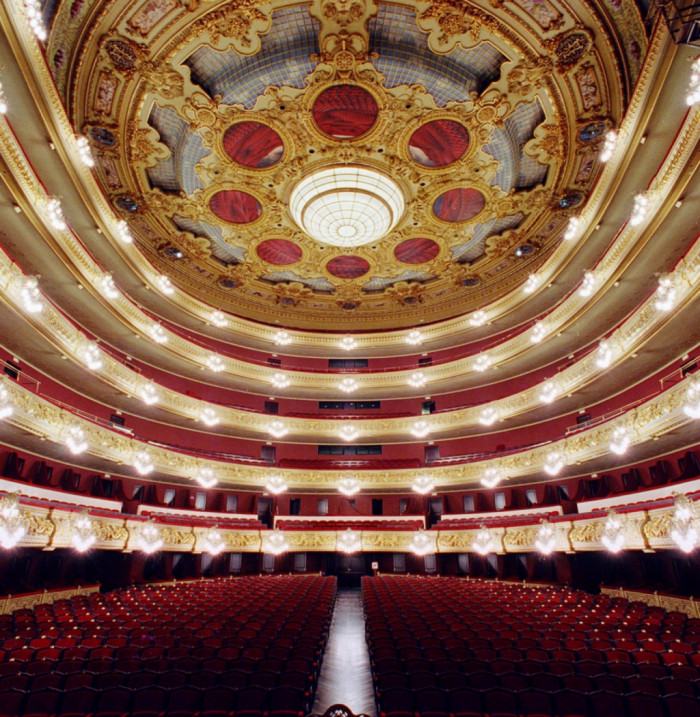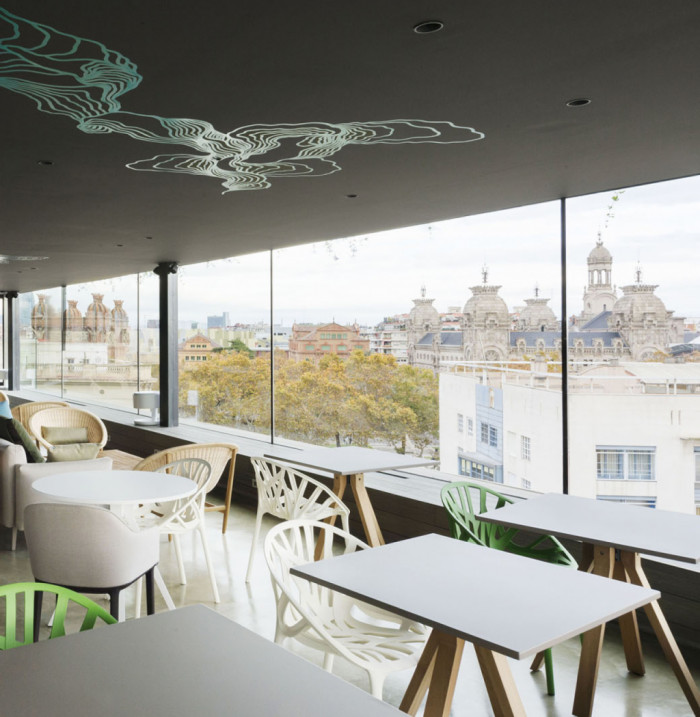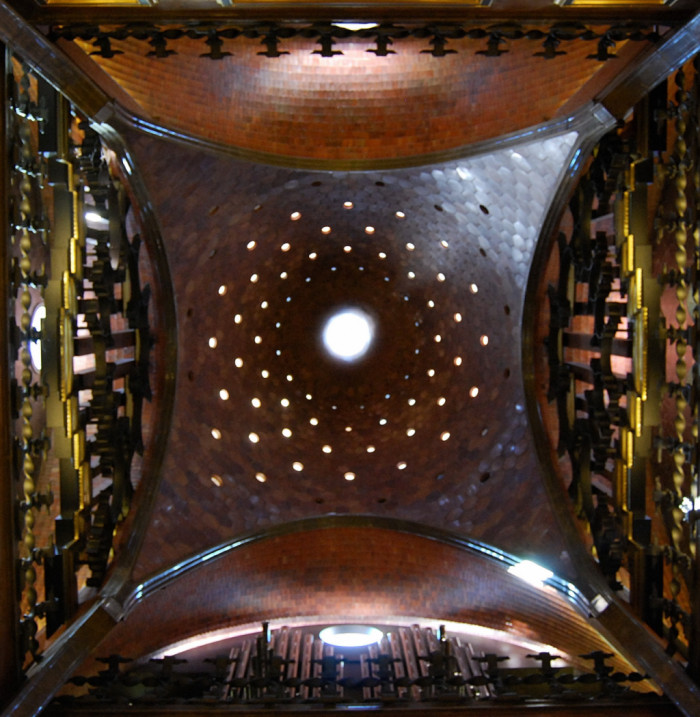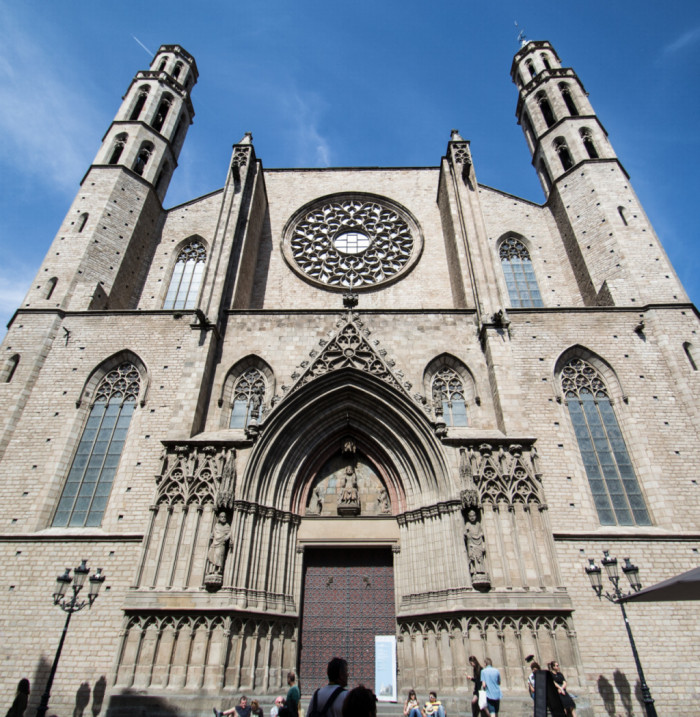- Culture
- Leisure
- Open Air
The King of Carnival invites Barcelona to excess, fun and madness, in a party where everything is allowed.
Renewed, but with a historical spirit, Barcelona's Carnival is inspired by the celebrations of previous centuries: from Roman times to the 20th century, including the Middle Ages.
Today, this festival is structured around four major events:
- Jueves Lardero
The Carnival’s official kickoff, celebrated the last Thursday before lent. With it come the first soirees and masked balls.
Traditionally, the excesses of this day served to enter into the later abstinence of Lent in a better mood. During Lent Thursday, pork rinds and Catalan Egg Sausage are the absolute protagonists.
Catalan Egg sausage, with its characteristic horseshoe shape, has a history documented since the 17th century. It is made with lean parts of pork jowls, and ten kilos of eggs for each kilo of meat. The ingredients, which must be finely chopped, are then cooked for 45 minutes to obtain this traditional sausage.
- The King Carnival
The arrival of the Carnival King, personified as someone with more than a few loose screws, represents merriment and rebelliousness by proclaiming a new leader for the fest and inviting partiers to experience a few rather crazy days.
With the King of the Carnival, there’s only one rule: There are no rules. With no boundaries, and no limits, costumes, troupes, bands, jokesters, and all sorts of other entertainers take to the streets to transform the city into a festive and vibrant place where anything goes, and nothing’s off limits.
Upon arriving, Don Carnival embarks on a colorful parade with his entourage: the Seven Ambassadors, representing the seven historical villages that once made up Barcelona: Horta, Sant Andreu, Sarrià, Gràcia, Sants, les Corts and Sant Martí.
- Orangeade
This is one of the Carnival’s oldest traditions, carried out in homage to a battle fought during Medieval times in which the troops launched oranges. Today, the Grand Path of the Carnival King and his seven ambassadors becomes a soiree, with a procession of orange balloons and confetti to evoke the past.
And, thanks to the initiative, and the vitality, of the city’s neighborhoods and their strong social connections, each district organizes its own activities for residents and visitors.
- Burial of the Sardine
Last but not least, on Ash Wednesday, the burial of the sardine marks the end of the Carnival. This final act consists of a carefully coordinated satirical funeral march in a prominent part of the city, usually in the Ciutadella Park, where participants carry out a full burial service for a sardine (King Carnival). On this day, children typically dress up as sardines or other small fish in their own costumes which they usually make at school.
From that point forward, we’re watched over by Lady Lent, during 40 days of penitence in which to make amends for our excesses.

